The renewed Belgian scorecards are live since 22/04/2022. Our renewed scorecards bring even more predictability by incorporating new data, further segmentation and algorithm improvements. This means we will be able to predict even more business failures than before, with even greater accuracy.
As the local and global economies shift, both the factors influencing a business failure and the factors indicating a company in trouble will change. In order to take these changes into account, the scorecards need to be continuously improved.
One of the most important changes within the scorecard project was the inclusion of the Probability of Default. The Probability of Default or PoD is a mathematical calculation that indicates the probability that a company will go bankrupt or become insolvent within 12 months of the date of application for a particular credit. With the launch of new scorecards in various Creditsafe entities since 2019, the Creditsafe score is accompanied by an individual PoD, which is produced for each company based on the combination of specific company characteristics.
Speaking: Creditsafe Group Chief Analtic Officer Camilla Frimmel who would like to give you more insight into the Probability of Default, what it means exactly, why it is an essential element of a credit score (card) and what the added value is for the Creditsafe customer.

